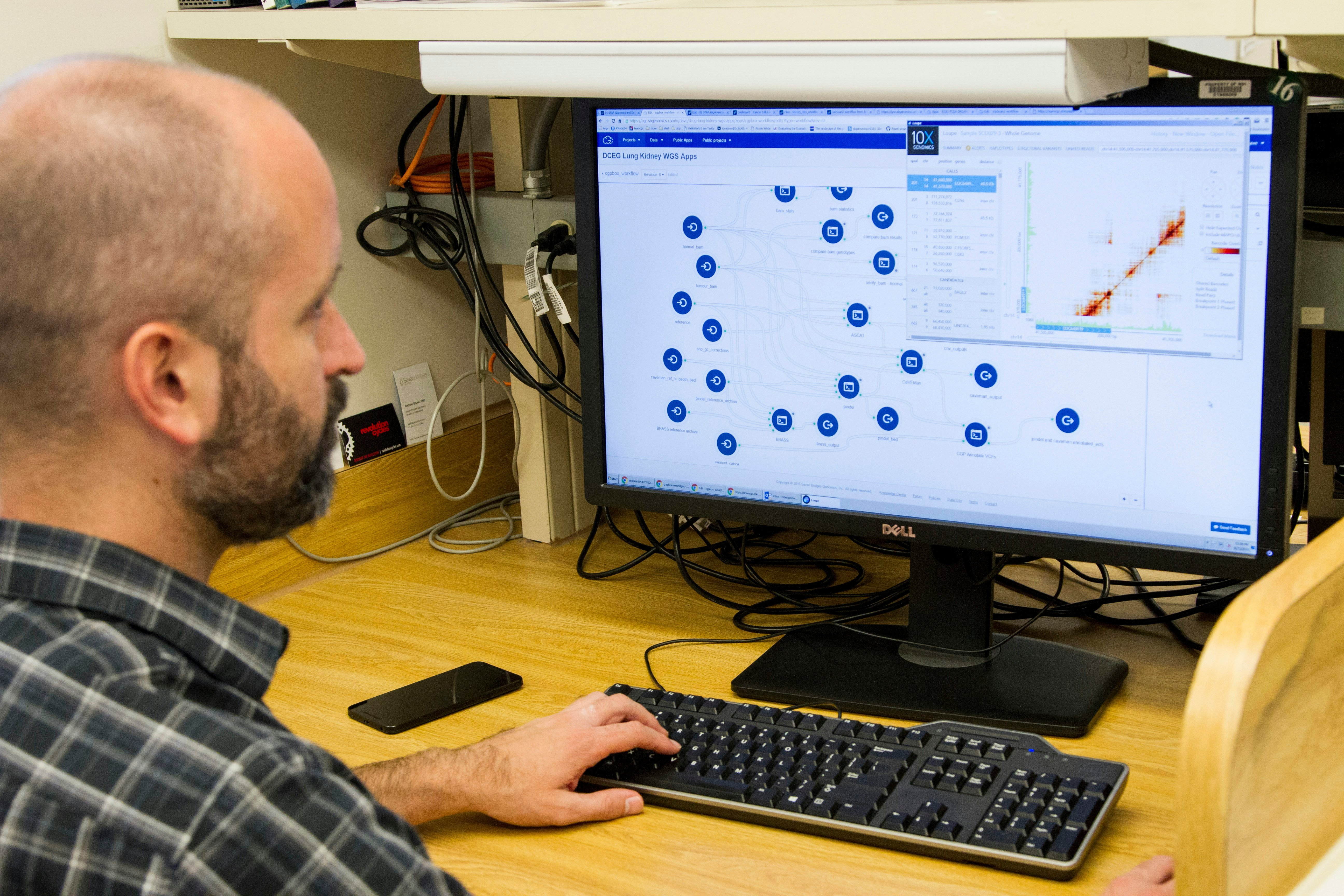
University of Southern California
Diabetes Health Gains Fail to Boost Job Prospects
Advances in medical technology over the last 30 years have made it easier to detect and treat diabetes, leading to significant health improvements in people with the disease. Despite this, workforce participation among people with diabetes has not improved over time, finds new USC Schaeffer Center research in JAMA Health Forum.
Historically, workforce participation rates have been much lower among people with diabetes due to factors like health complications, time needed to manage the disease and workplace barriers. But the surprising failure of substantial health gains to drive economic progress in this population — a phenomenon that researchers call the “diabetes paradox” — suggests that rising diabetes prevalence poses a growing threat to the labor market and strain on government disability programs.
“Given the major health improvements in the diabetes population, we would have expected to see more people in the workforce,” said study author Jack Chapel , a scholar at the Schaeffer Center and research assistant professor at the USC Price School of Public Policy. “Instead, there is a large and growing population of people with diabetes who are having challenges with labor market performance that should be addressed.”
Researchers analyzed 20 years of National Health Interview Survey data (1998-2018) on nearly 250,000 Americans ages 40-64. This age range includes a person’s peak earning years and coincides with a period when most diabetes diagnoses occur — about 1 in 7 Americans ages 45-64 have diagnosed diabetes, according to federal data .
However, compared to peers without diabetes, they were consistently 21-24 percentage points less likely to be in the labor force and 12-13 percentage points more likely to claim disability benefits. Even after adjusting for demographic differences, these gaps were large and persistent: 8-11 percentage points and 4-6 percentage points, respectively.
The study findings suggest expanded access to powerful new anti-obesity medications, which could prevent or delay diabetes, could have positive effects on the labor market. And for those with diabetes, health improvements alone may not be enough to help them return to the workforce.
Unpacking the Paradox
The diabetes paradox may be partly explained by shifts in who is diagnosed, disparities in access to medical advances and the changing nature of work, researchers said.
There may be some good news buried in the findings. If more people with worse economic prospects — due to reasons unrelated to health — are diagnosed with diabetes, it seems likely that overall economic outcomes for this group would have declined.
“The fact that economic outcomes have remained stable might mean things are actually improving beneath the surface,” said study author Matthew Kahn , a senior scholar at the Schaeffer Center and Provost Professor of Economics and Spatial Sciences at the USC Dornsife College of Letters, Arts and Sciences. “My hunch is that the expansion of health care access to the poor and the proactive steps taken by those diagnosed with pre-diabetes has meant that the new cohort of people diagnosed with diabetes is more economically vulnerable than in previous decades, complicating comparison over time.”
To better understand labor trends among people with diabetes and identify opportunities to improve workforce participation, researchers said more clinical trials for diabetes prevention and management therapies should assess economic outcomes like employment.
About the Study
Other authors are Dana Goldman and Bryan Tysinger of the USC Schaeffer Center. Please see the study for author disclosures.
https://doi.org/10.1001/jamahealthforum.2025.0756


